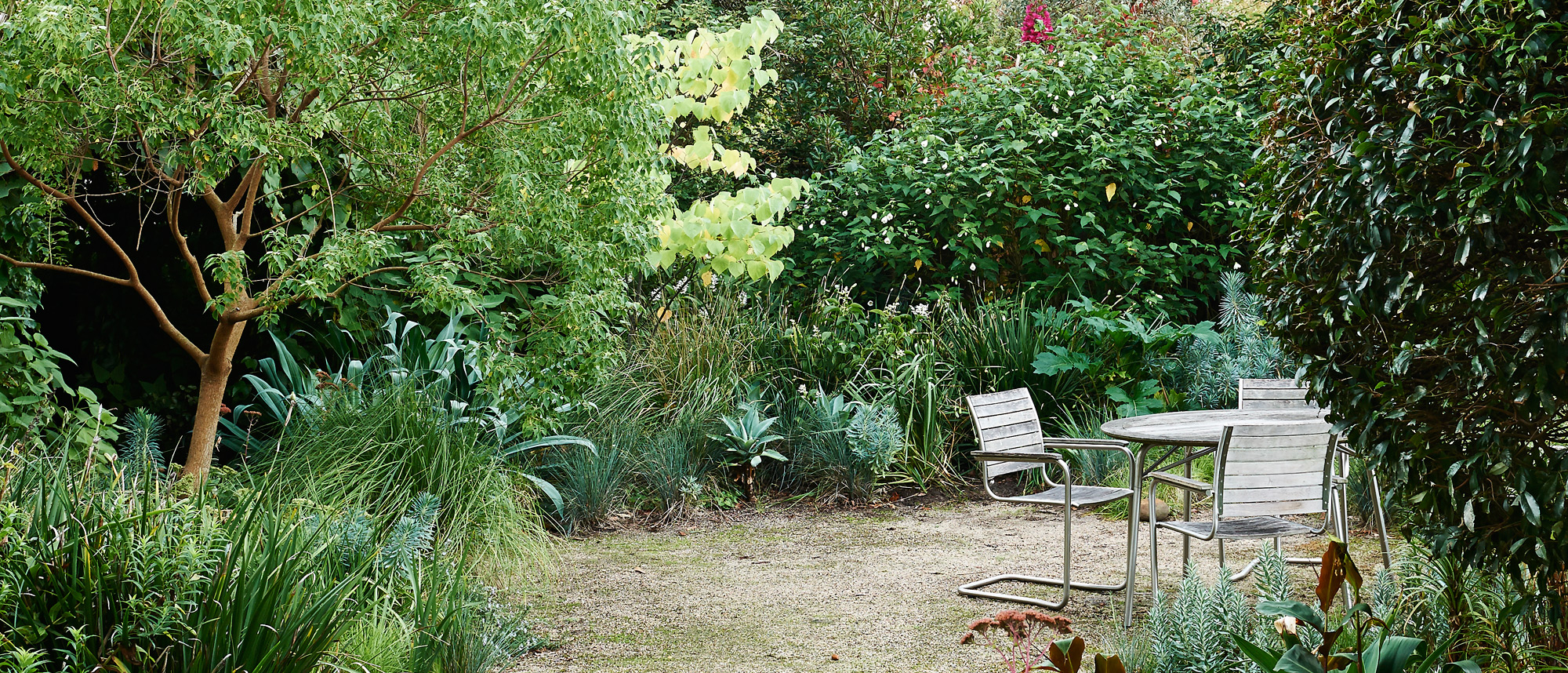Emily’s Herbarium

In August 2013, Tavi Gevinson, the teenage editor of girl’s magazine Rookie, wrote about how keeping a journal let her to preserve moments of strange magic by plucking fleeting instances from her imagination and allowing them to exist on the page. Whether Gevinson was coasting through the desert in a blue convertible, observing students dance at a high school in the seventies or skipping stones with her boyfriend on a road trip, she believes that archiving real and imagined memories is an exercise in sacred geometry, a way to identify the symmetry, connections and equations that joined her inner and outer worlds.
Emily Dickinson found this strange magic in plants. When the poet was 14, she would comb the woodlands and cottage gardens around her Massachusetts homestead before carefully assembling her findings in a leatherbound volume alongside Latin descriptions written in her delicate hand. Featuring 400 specimens and including everything from sea onion, marigold and honeysuckle to foxglove, strawflower and water lily, the herbarium helped the adolescent Dickinson unlock the powers of observation that would go on to shape her work.
For Dickinson, who studied botany at Amherst college, plants and words enjoyed a strange symbiosis. When the poet entered her thirties, she retreated into her private garden and wrote about the ways in which the rose was the perfect metaphor for the self. Later, the Indian Pipe, a ghost-like flower with gossamer petals, helped her riff on the ephemeral nature of death. And when Dickinson grew older and more reclusive, she recruited flowers to express words she couldn’t say – her friends and family often received her poems tucked into oversized bouquets.
But it was Dickinson’s herbarium – a place where she documented and worshipped flowers – that saw the young poet shrug off the roles that were expected of her to start exploring her inner world. Like teenage girls throughout history, the act of documenting the confusing, elusive and transformative was a turning point in Dickinson’s trajectory – one in which she rejected the muse’s life to embrace her creative powers.
I hide myself within my flower,
That wearing on your breast,
You, unsuspecting, wear me too—
And angels know the rest.
– With a flower, Emily Dickinson, 1864
Emily Dickinson’s herbarium is digitised and held at Houghton Library at Harvard University. View it here.




